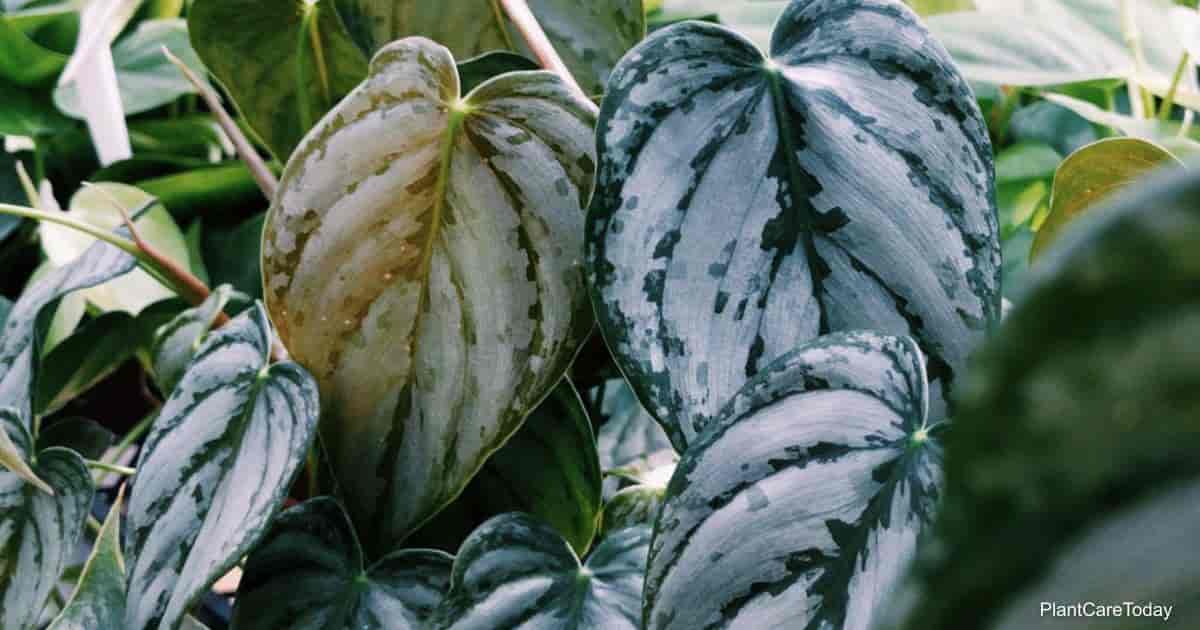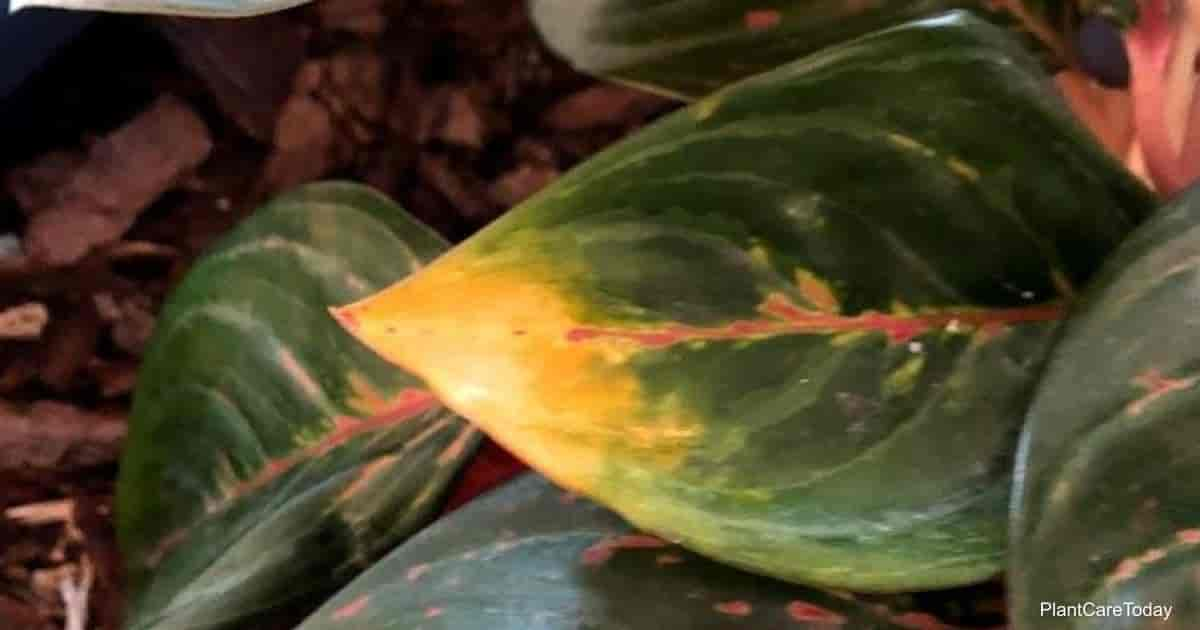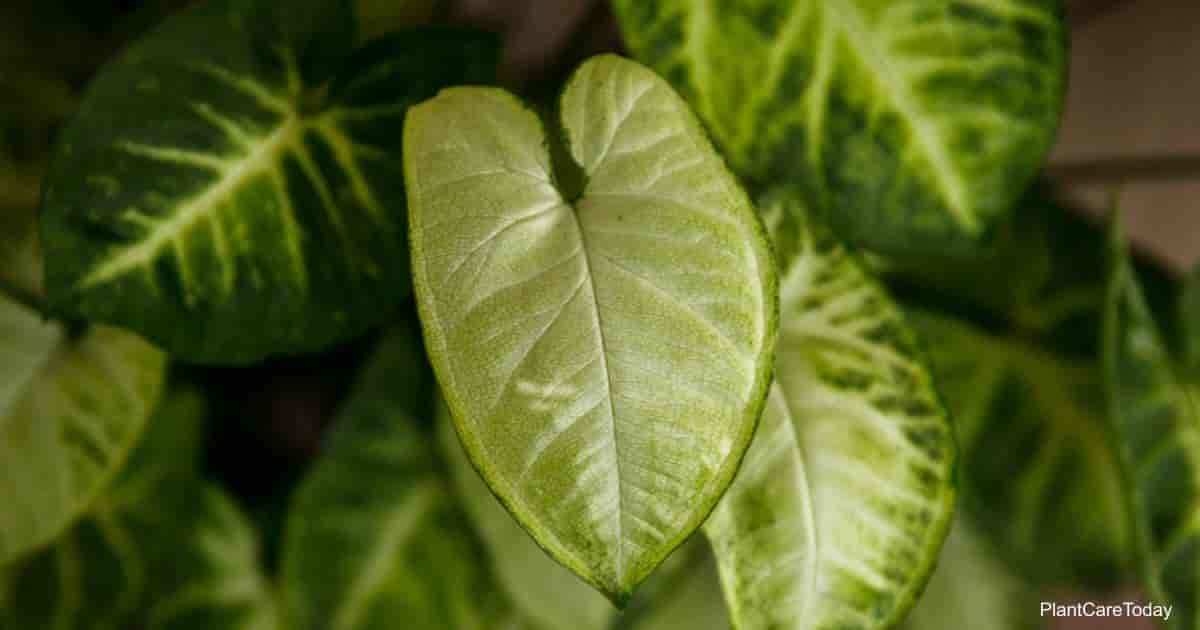In the world of plants, there are a lot of imposters.
Even worse, plants such as the (fil-oh-DEN-dron) are known for being morphogenetic, meaning they change forms several times throughout their lifespan.
This is how Philodendron brandtianum became incorrectly synonymous with Philodendron variifolium, which looks nothing alike and may not even be a species!
Philodendron varifolium has three-lobed leaves and is suspected by botanists to be Philodendron deltoideum.
Are you confused yet? Most non-scientists are. The juvenile leaves of many varieties of Philodendrons look very different than the mature leaves. This holds true for other relatives like Monstera and Syngonium.
Philodendron brandtianum is native to a wide range of South America, including Bolivia, Brazil, parts of Columbia, Ecuador, and Peru.
As is true with many members of the Araceae family, the plant is well-adapted to rainforest environments.
Besides being habitually mislabeled by sellers, it goes by the common names of silver leaf philodendron and philodendron Brandi (for short).
Silver Leaf Philodendron Care
Size And Growth
While Brandi is known to grow to a massive 30′ to 40′ feet long, you can expect it to be a much smaller size when grown domestically.
It can be grown as the following:
- a repent plant (as a ground creeper)
- a hemiepiphyte (creeper that becomes an epiphyte)
- epiphyte (tree climber)
Brandi is a fast grower, reaching a “mature” height (or length) of 4′ to 5′ feet in around 2 to 3 years.
When grown as a creeper, the height will only be around 6″ to 8″ inches, and the spread will be 4″ to 7″ inches.
A mature leaf can sometimes grow to as long as 12″ inches in the right circumstances, which is still only a fraction of its size in nature.
Domestically grown brandis are unlikely to reach full maturity, so many growers are unaware that the leaves change.
Juvenile leaves are variegated with gray to silver markings on light and dark green tones.
However, a mature leaf lacks variegation, feels less leathery, and is semi-gloss, with the underside being a slightly lighter shade than the dark green upper surface.
Flowering And Fragrance
As with other plants in this species, don’t expect to see blooms (or be impressed if it does).
Silver leaf philodendrons only reach flowering maturity after climbing 32’ feet, climbing onto a branch, and becoming pendant (hanging down) for another 9’ feet or so, according to Dr. Thomas B. Croat, who’s considered to be the world’s foremost authority on aroids.
Still, the inflorescence is more attractive than most philodendrons.
The spathe (a modified leaf that serves as a protective hood) is a semi-gloss medium to dark green on the outside and violet-purple on the inside.
The spadix (the part that bears tiny flowers) is green to white, unlike the yellowish hue of Philodendron variflorum.
Light And Temperature
Avoid prolonged exposure to direct sunlight, as this plant (and pretty much all aroids) are evolved to live under a rainforest canopy.
A little full sun in the morning with afternoon shade is okay in gentle climates, but southern zones may still result in scorched leaves.
Bright, indirect sunlight is ideal, with filtered or dappled sunlight being good alternatives.
A 20% to 40% percent shade cloth is recommended for outdoor plants with no natural shade.
Also, while Brandi can handle partial shade, this can stunt its growth and cause its juvenile variegation to fade.
Silver leaf philodendrons like a moderately high humidity level.
Normal household humidity levels of 40% percent and above are acceptable, but a 50% to 60% percent range is ideal.
You can augment the humidity using a pebble tray, humidifier, or grouping it with other plants.
Unlike many of its kin, Brandi has a minor cold tolerance, allowing it to be grown outdoors in USDA hardiness zones 9 to 11.
It prefers a daytime temperature range of 68° to 77° degrees Fahrenheit and a nighttime range of 50° to 55° degrees Fahrenheit.
Avoid exposing the plant to temperatures below 50° degrees Fahrenheit and consider providing a bit of shelter when growing outdoors in winter.
Watering And Feeding
The soak-and-dry method works well with this plant.
Follow these steps:
- Stick your finger in the soil and water when it feels dry 2″ to 3” inches down.
- Pour the water slowly and evenly, avoiding getting the leaves wet until you see moisture seeping from the drainage holes.
- For ground-based plants, the sign of stopping is when the soil starts having trouble absorbing the water as fast as you’re supplying it.
- Give your Brandi a monthly dose of liquid houseplant fertilizer cut by half.
- A quality 3-1-2 ratio works best as you grow the plant for its foliage.
Soil And Transplanting
Aim for loose, loamy soil with good drainage when planting outdoors, amending with sole perlite or coarse sand as needed.
Sandy soils will also need to be amended with compost and perlite.
A slightly acid to neutral (6.0 to 7.3) pH is best and naturally occurs when using organic materials.
Potting mixes designed for aroids will work well, but you can also grow the plant in straight sphagnum moss.
Another viable soilless mix is equal parts of peat and vermiculite or perlite.
Silver leaf philodendrons don’t like to be root-bound.
This can be prevented by repotting every 2 to 3 years.
Signs of root binding are obvious, such as:
- roots peeking out of the drainage holes
- roots popping out of the soil surface
When this happens, graduate to a container size only 1″ to 2” inches larger.
This is also when replacing your potting medium, even if the plant isn’t rootbound.
Grooming And Maintenance
Unlike many philodendrons, Brandi is known for its dense foliage, which means you can prune it once or twice per year without doing any major harm.
Aim for dead, damaged, or diseased leaves lower on the plant to encourage growth, cutting as close as possible to the stem.
You can also prune it back to maintain a preferred size.
How to Propagate Philodendron Brandi?
Getting this plant to bloom is quite difficult, but you can quickly grow one from seed if you have access to a supply.
Air layering is also an option if you grow it as a climber.
However, stem clippings remain the most popular method of Philodendron propagation.
Philodendron Brandtianum Pests Or Diseases
While not overly prone to pests or disease, your Brandi may become infested with the following:
- Aphids
- Mealybugs
- Scale
- Spider mites
Most diseases are related to overwatering or getting the leaves wet, with the three most common being the following:
- leaf spot
- Rhizoctonia
- root rot
As with all philodendrons, Brandi contains large quantities of indigestible calcium oxalate crystals.
While symptoms are generally mild in human adults, the smaller the human or pet ingests this plant, the more dangerous the crystals become.
It can be fatal in cats, cause severe illness in children or dogs, and sometimes lead to kidney stones in adults.
Uses Of Silver Leaf Philodendron
This plant can be grown in various forms, making it quite versatile.
For example, provide a climbing pole and tie it off initially to make it an attractive climber.
Conversely, please give it a hanging basket for a stunning cascade of foliage.
It’s also a great addition to terrariums.
Credit : Gary Antosh (https://plantcaretoday.com/philodendron-brandtianum.html)





